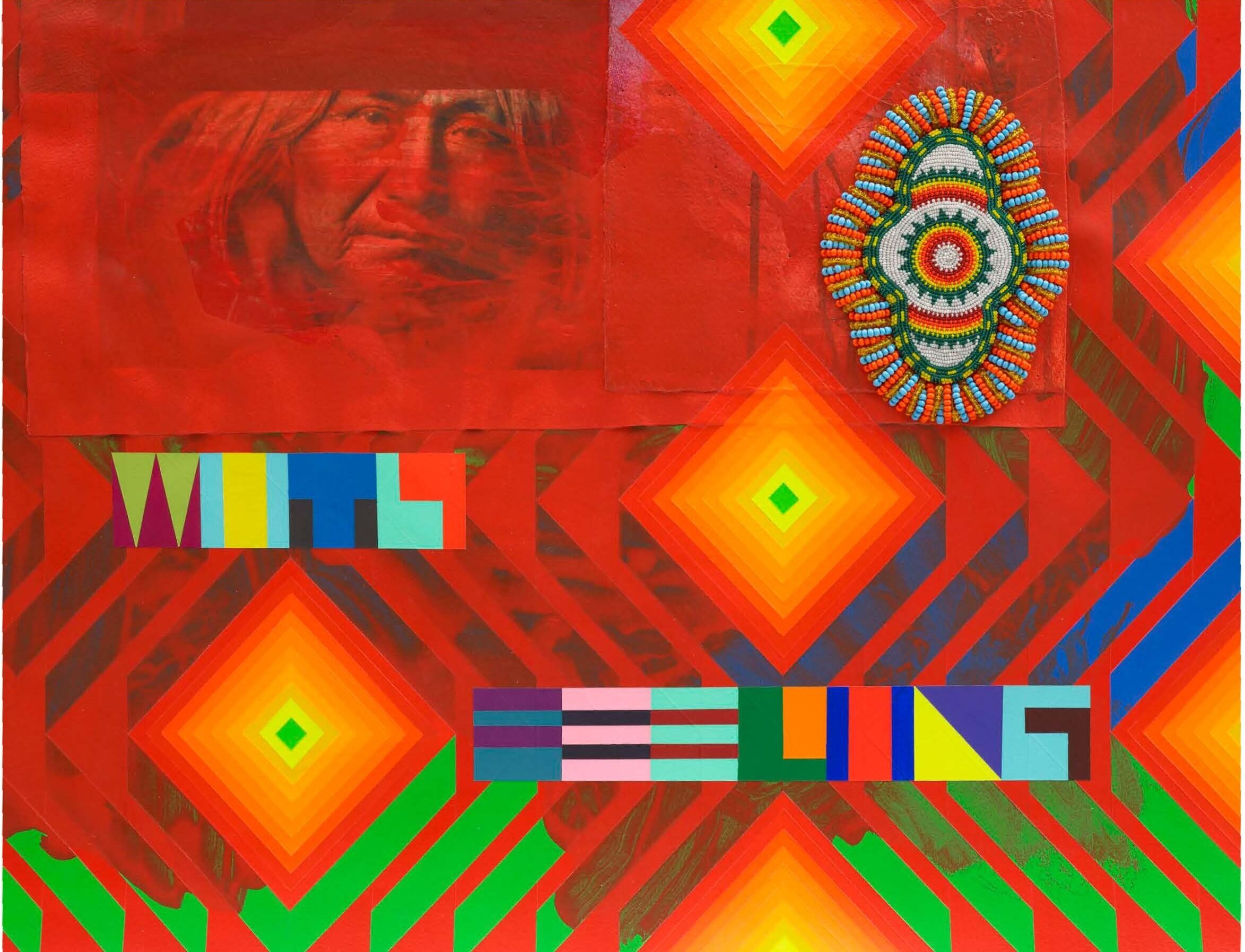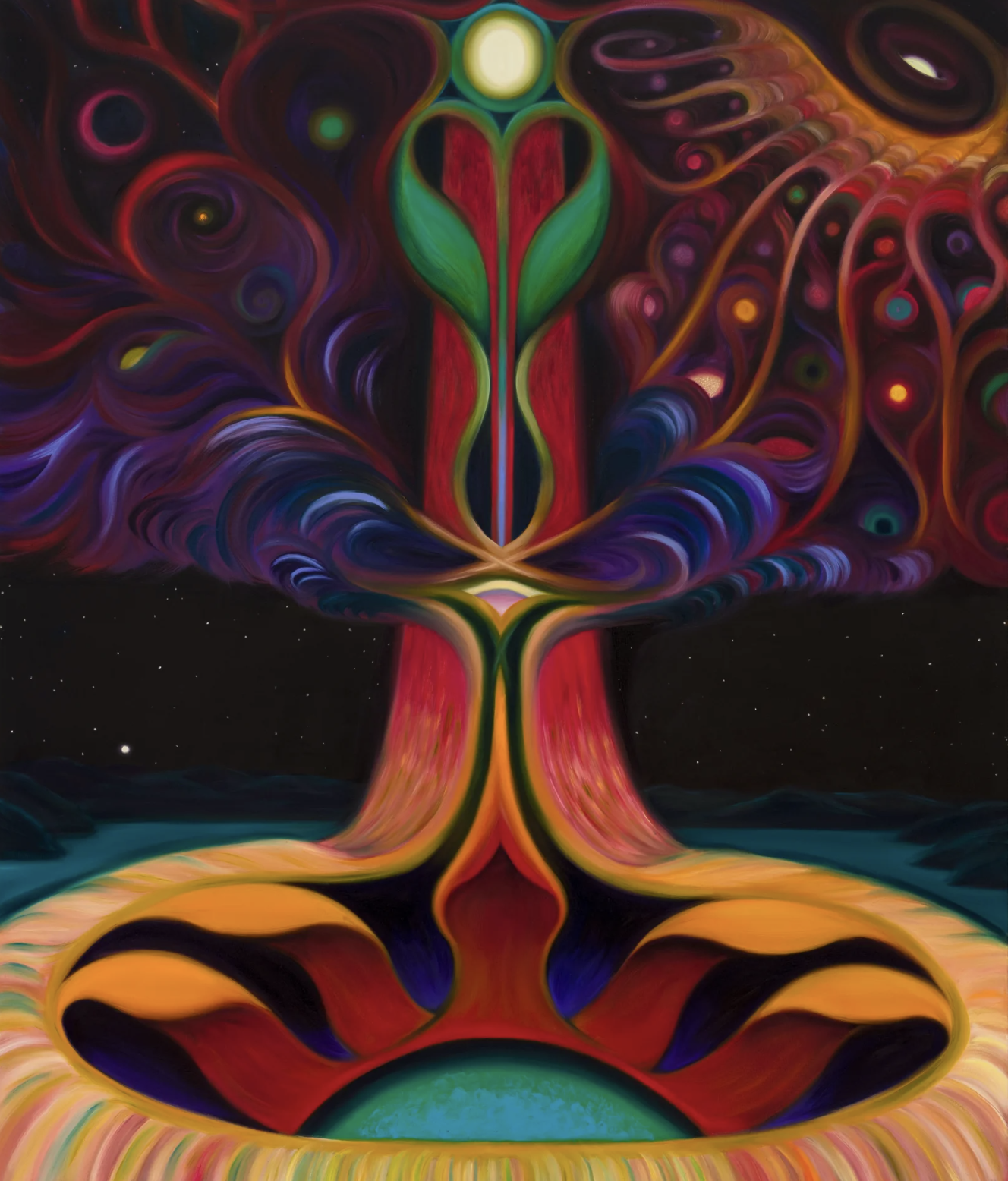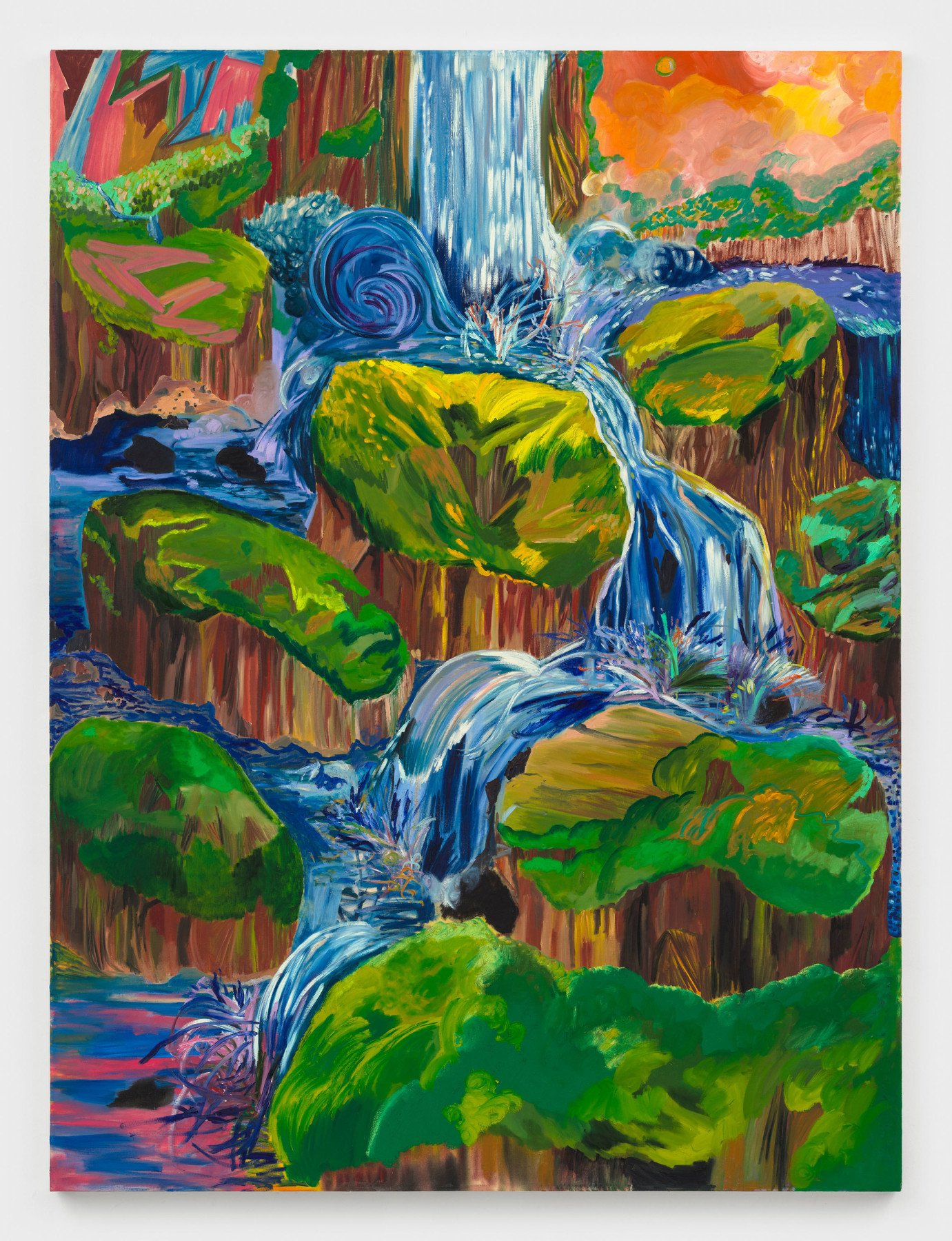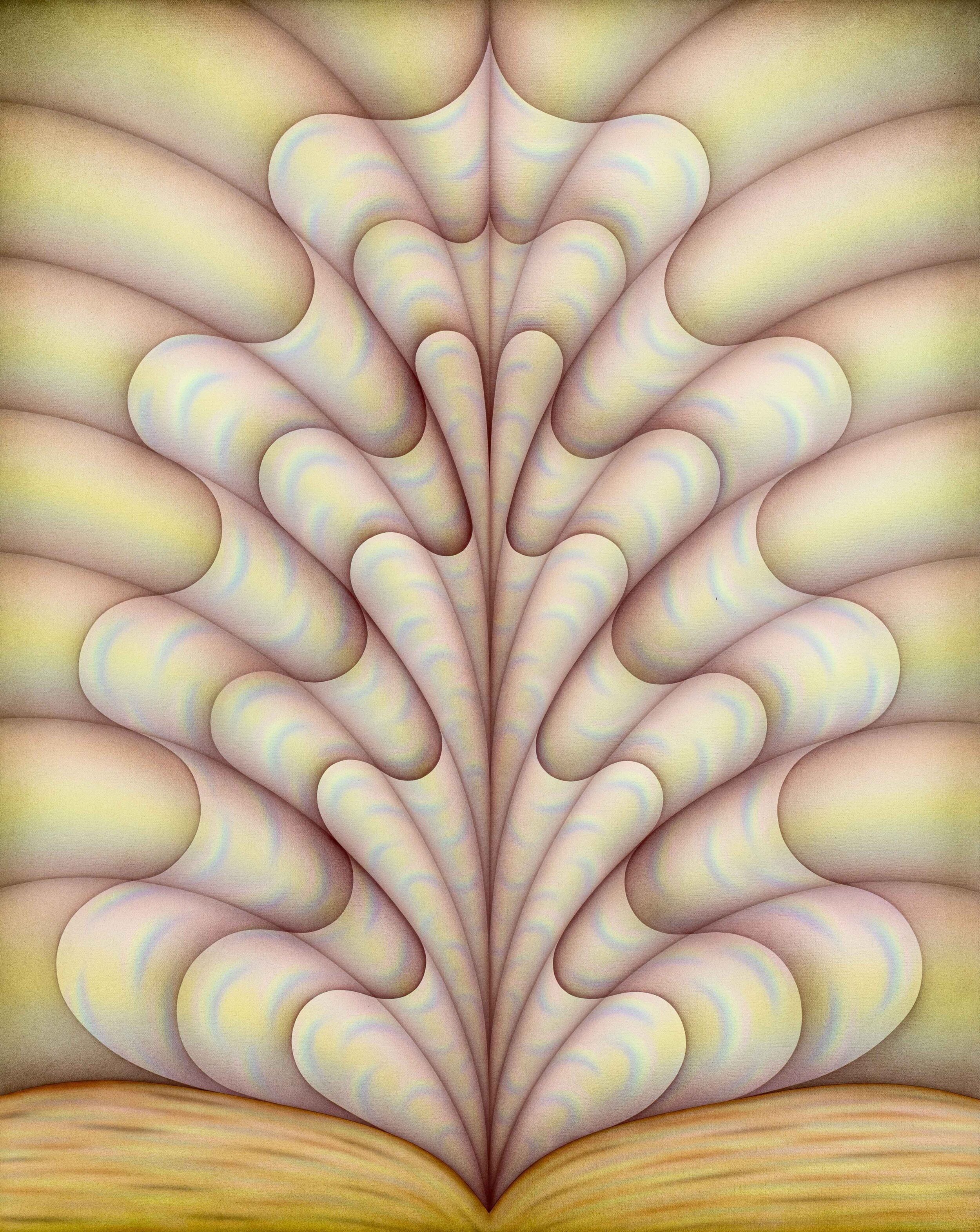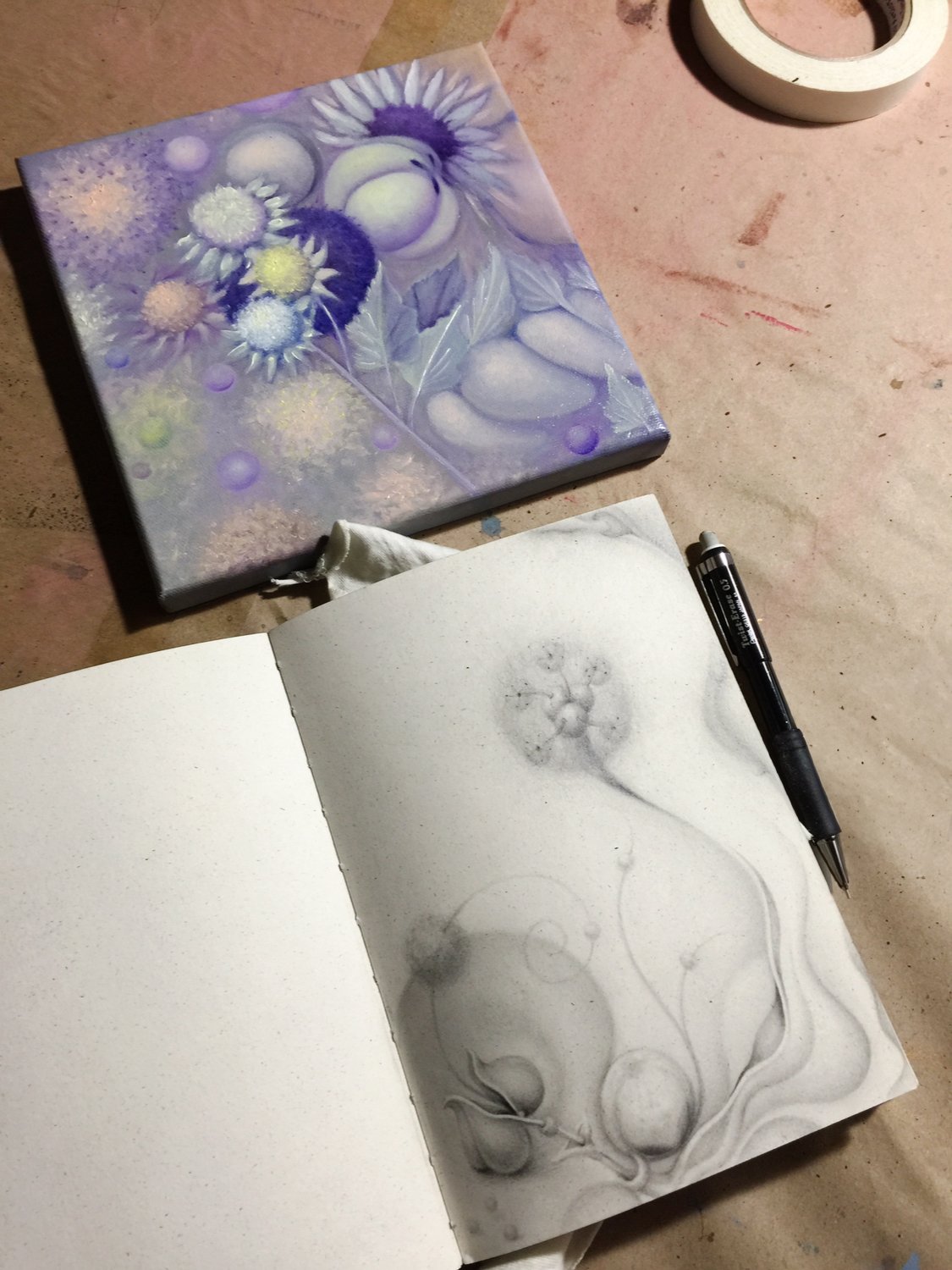Ouattara Watts at Karma Gallery
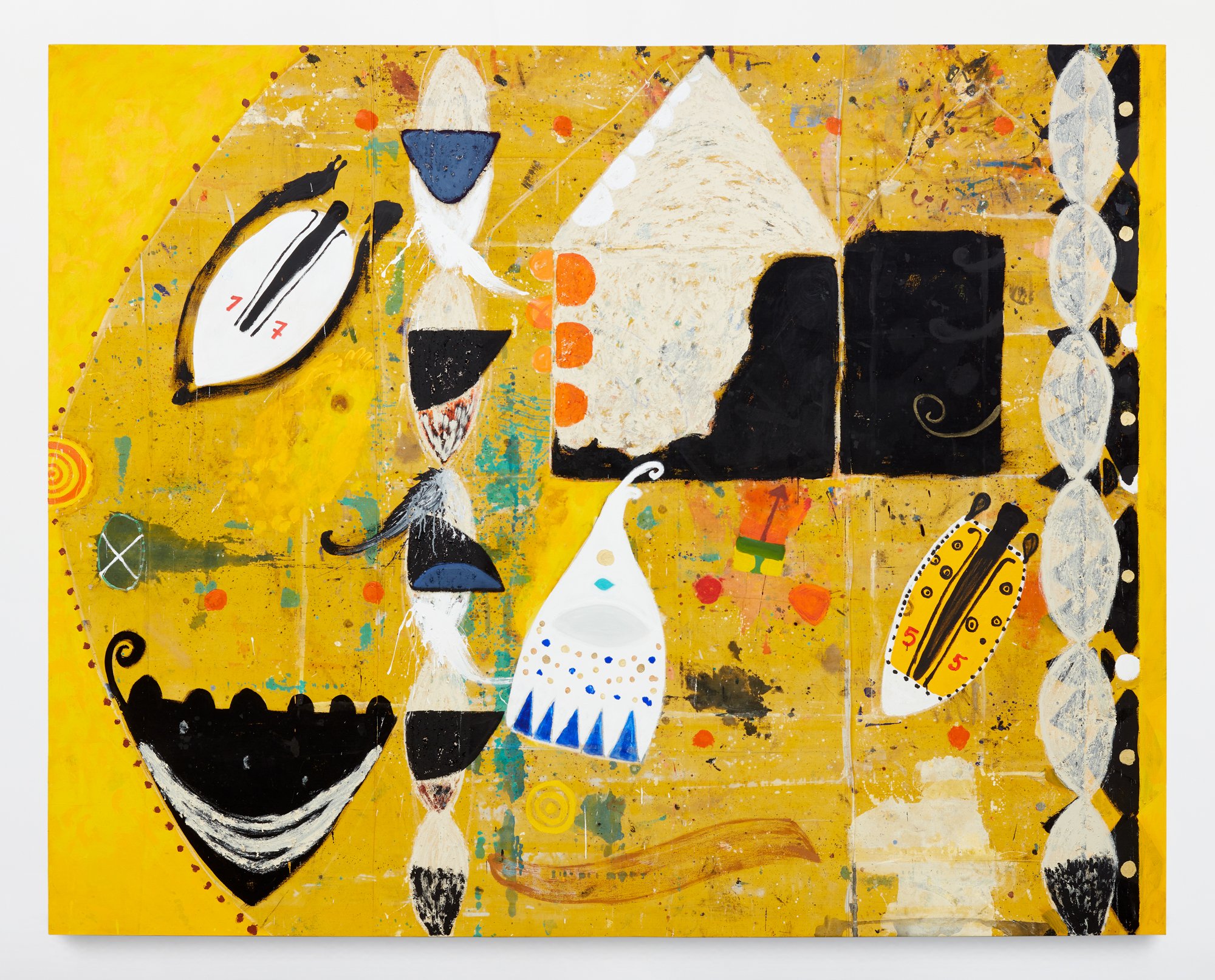
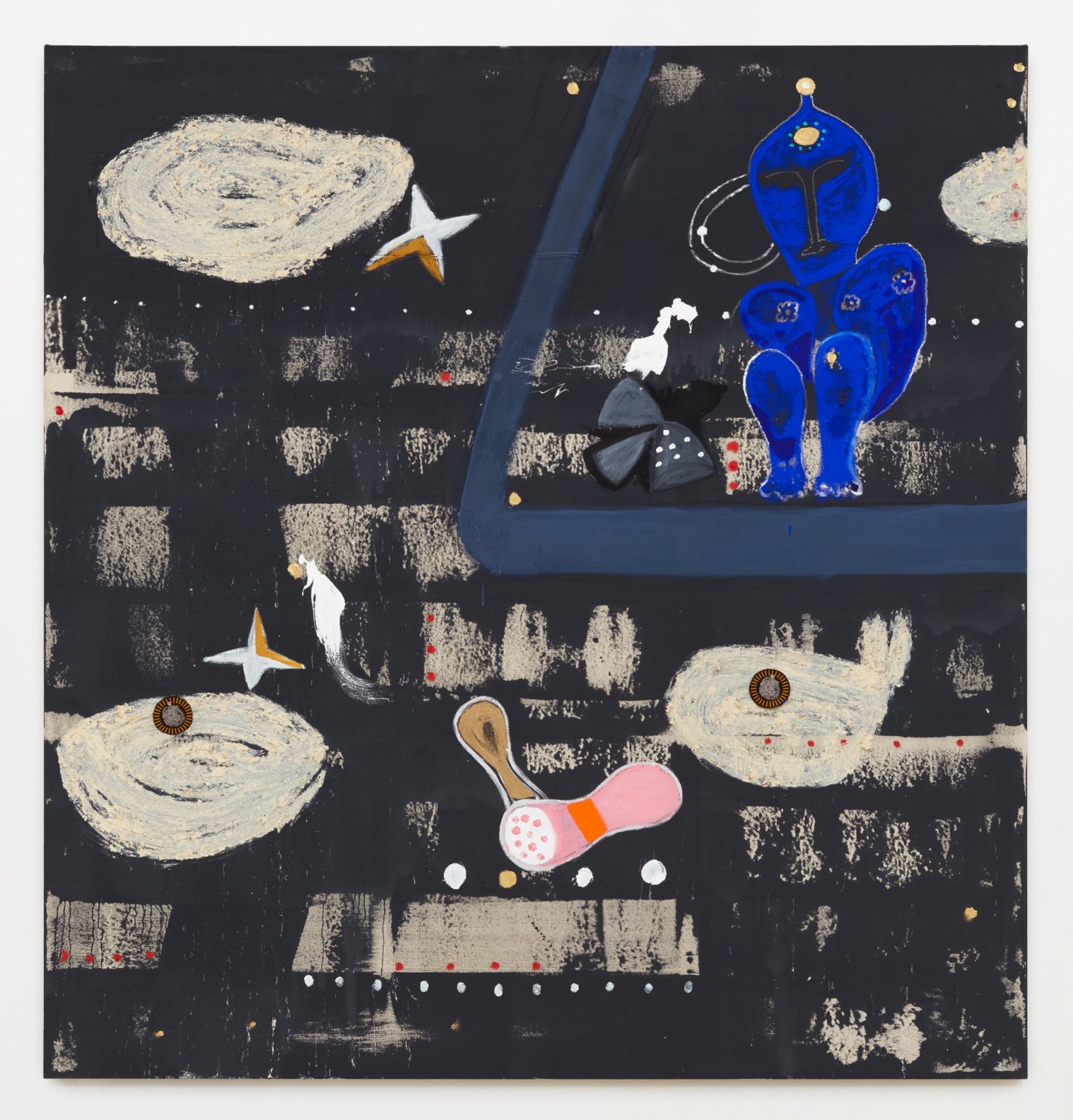
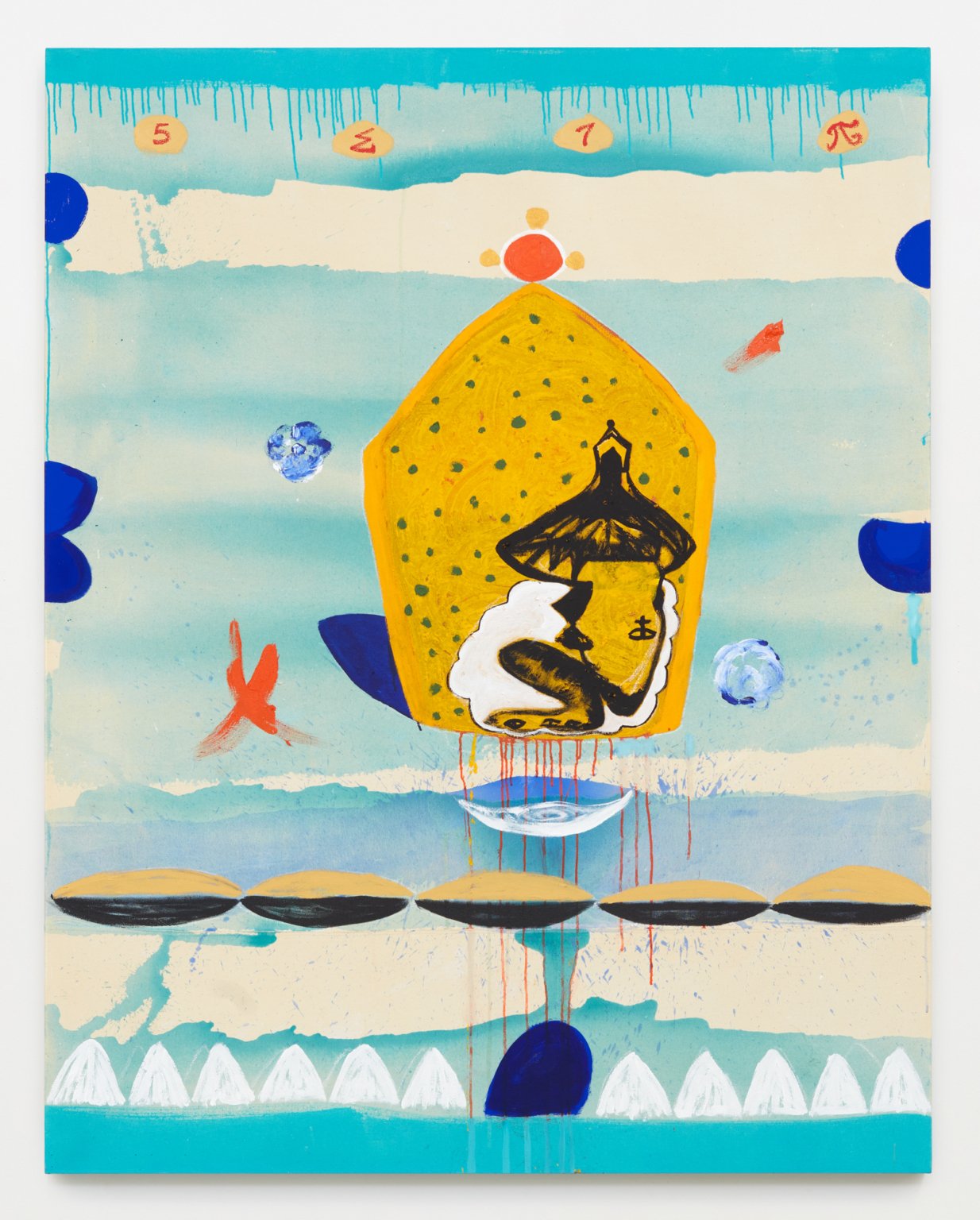
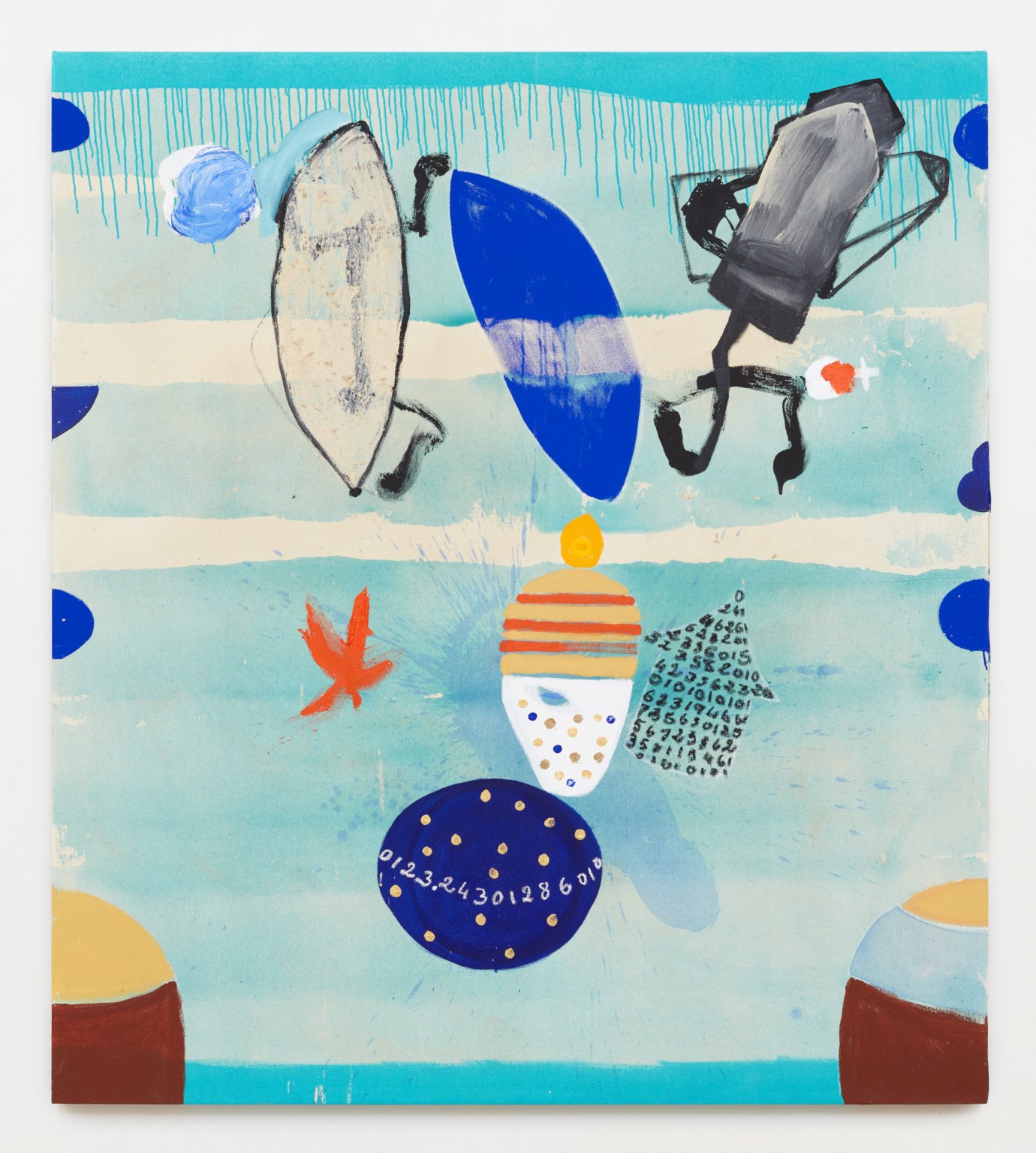
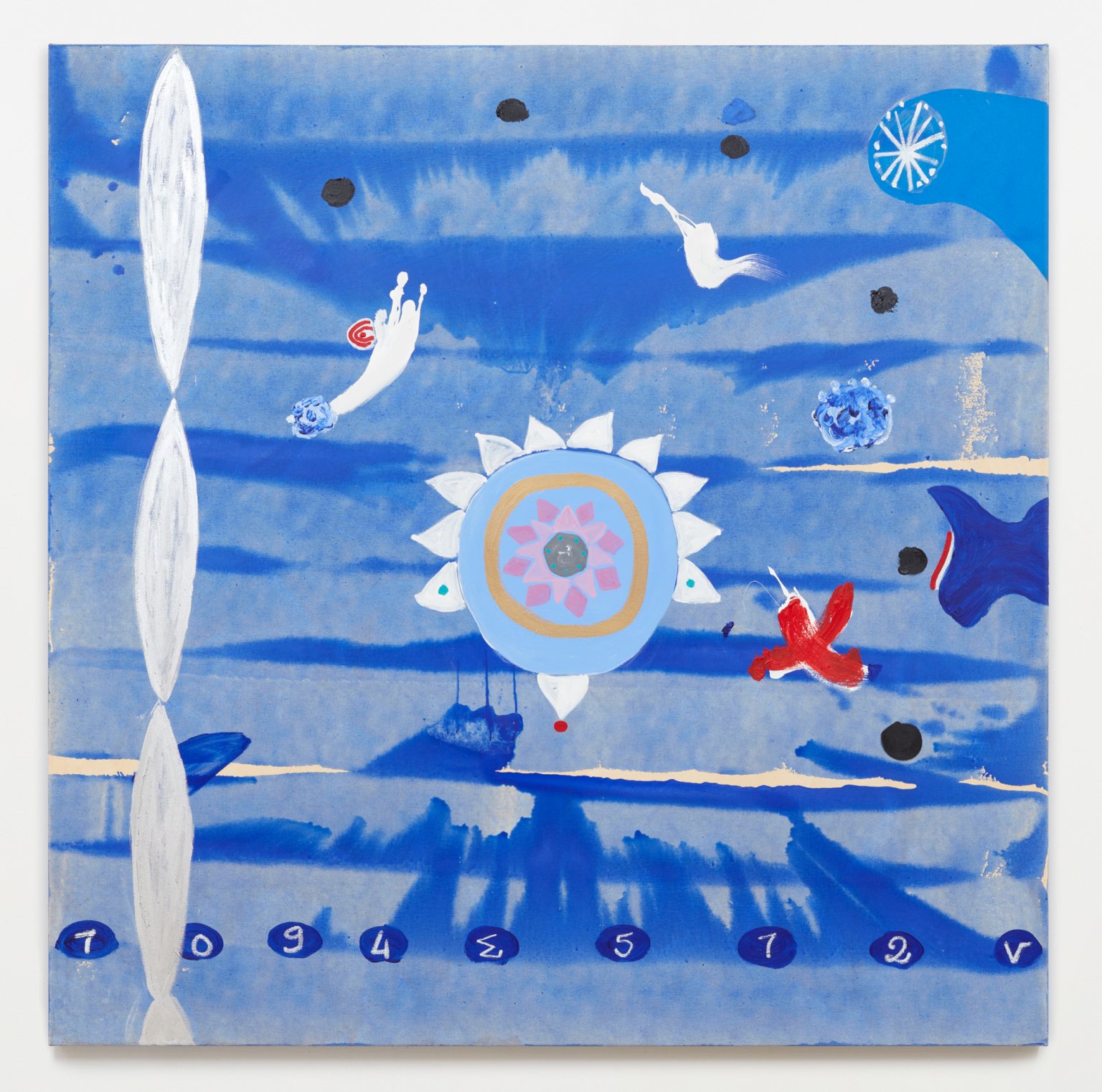



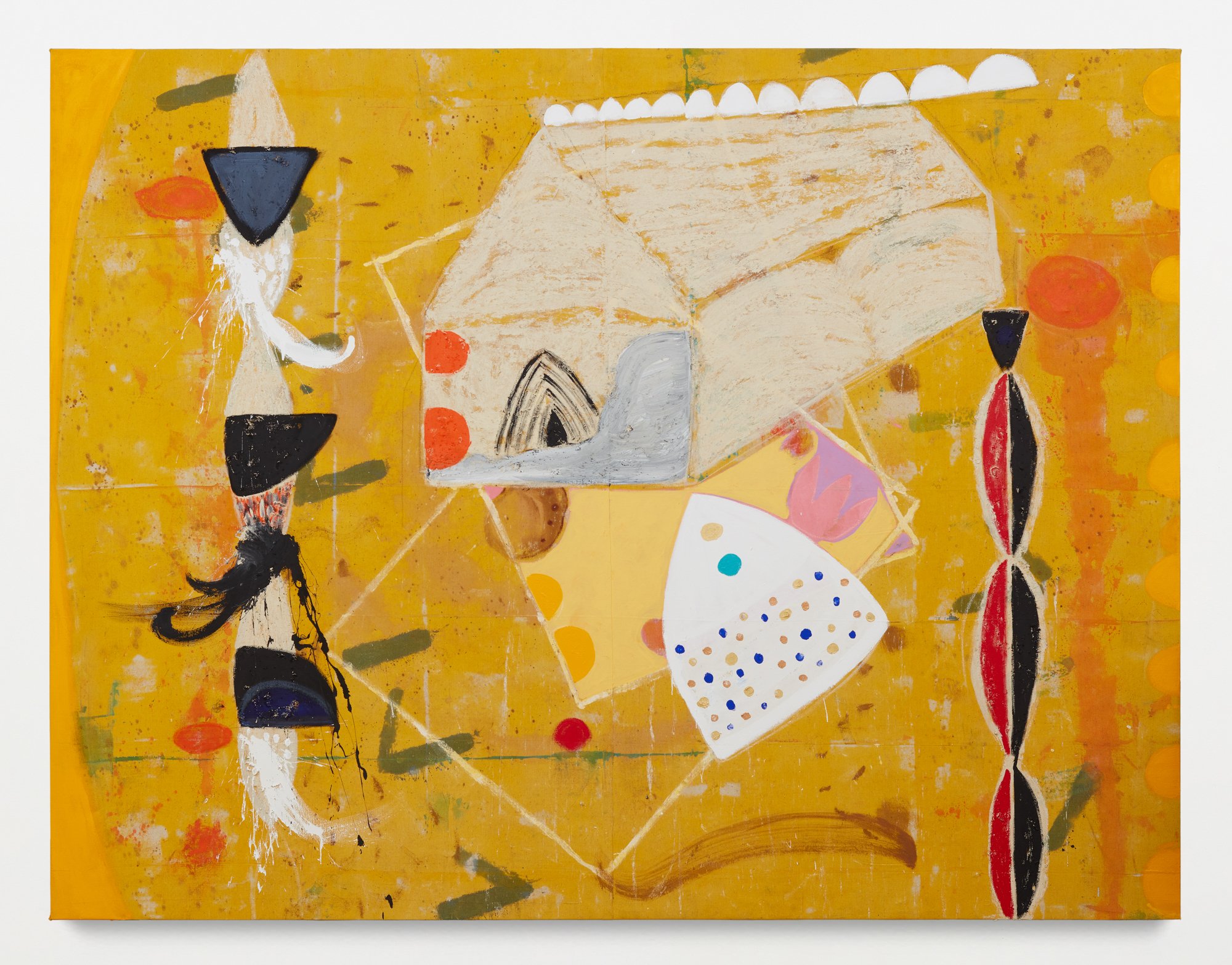

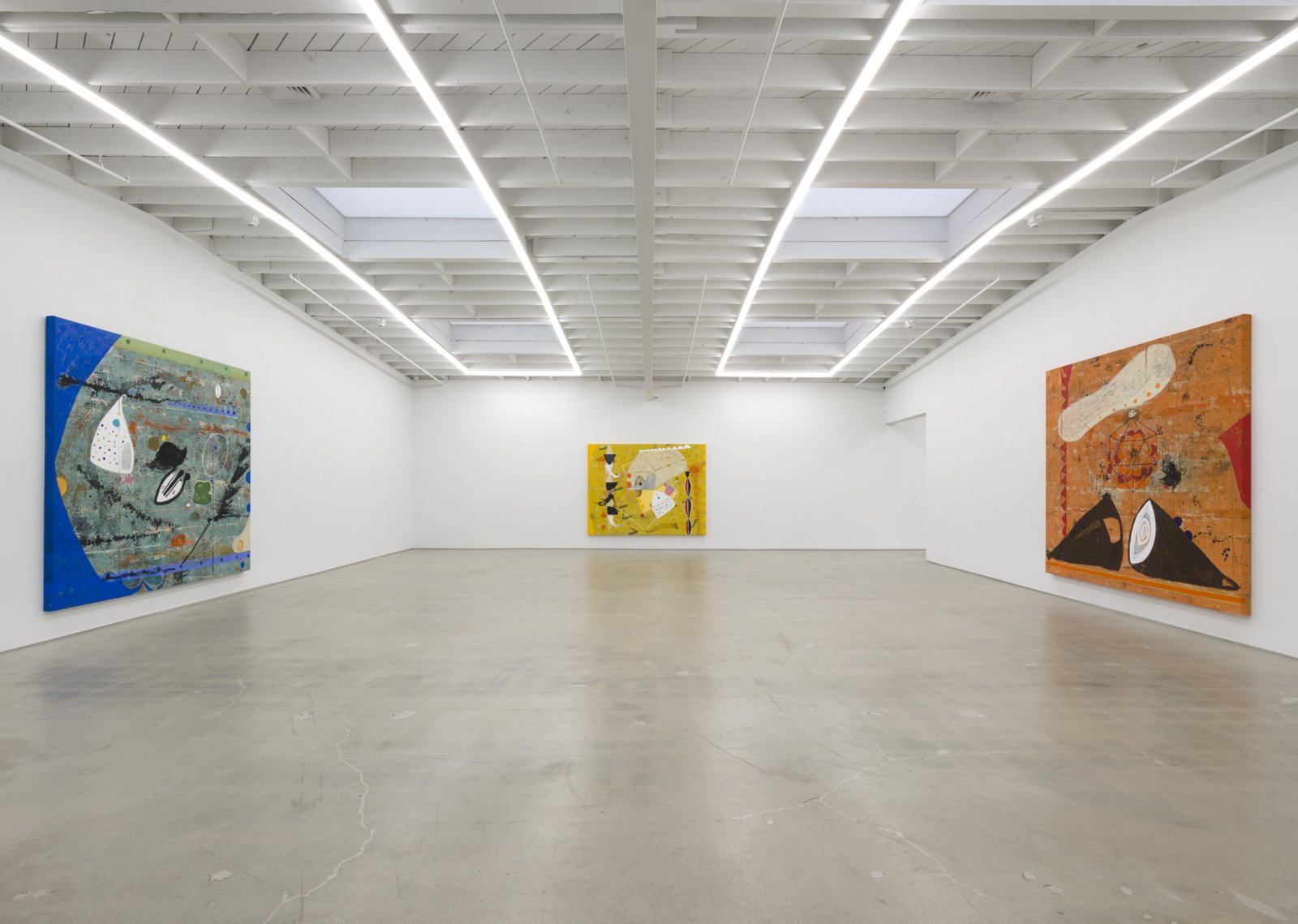
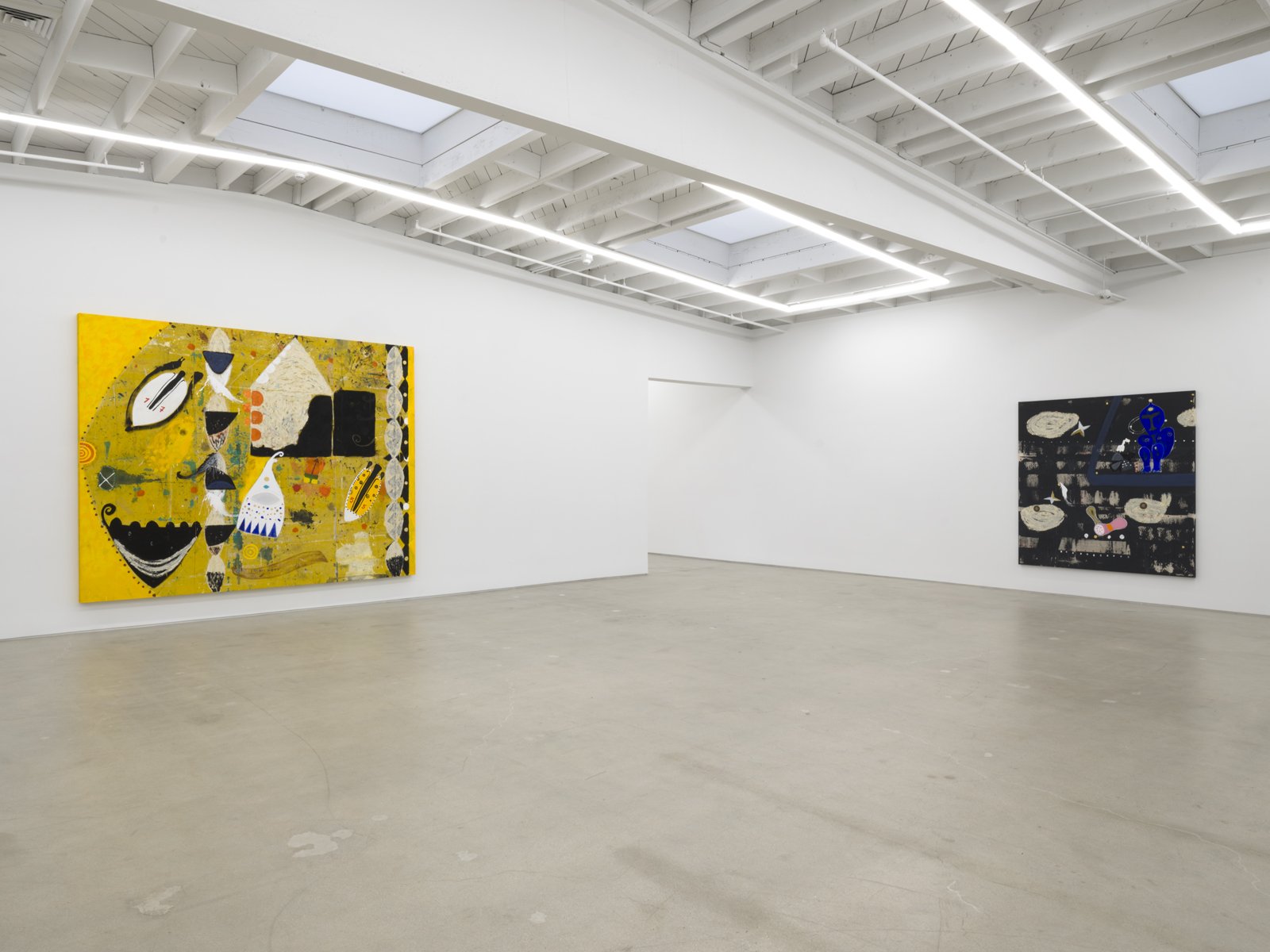
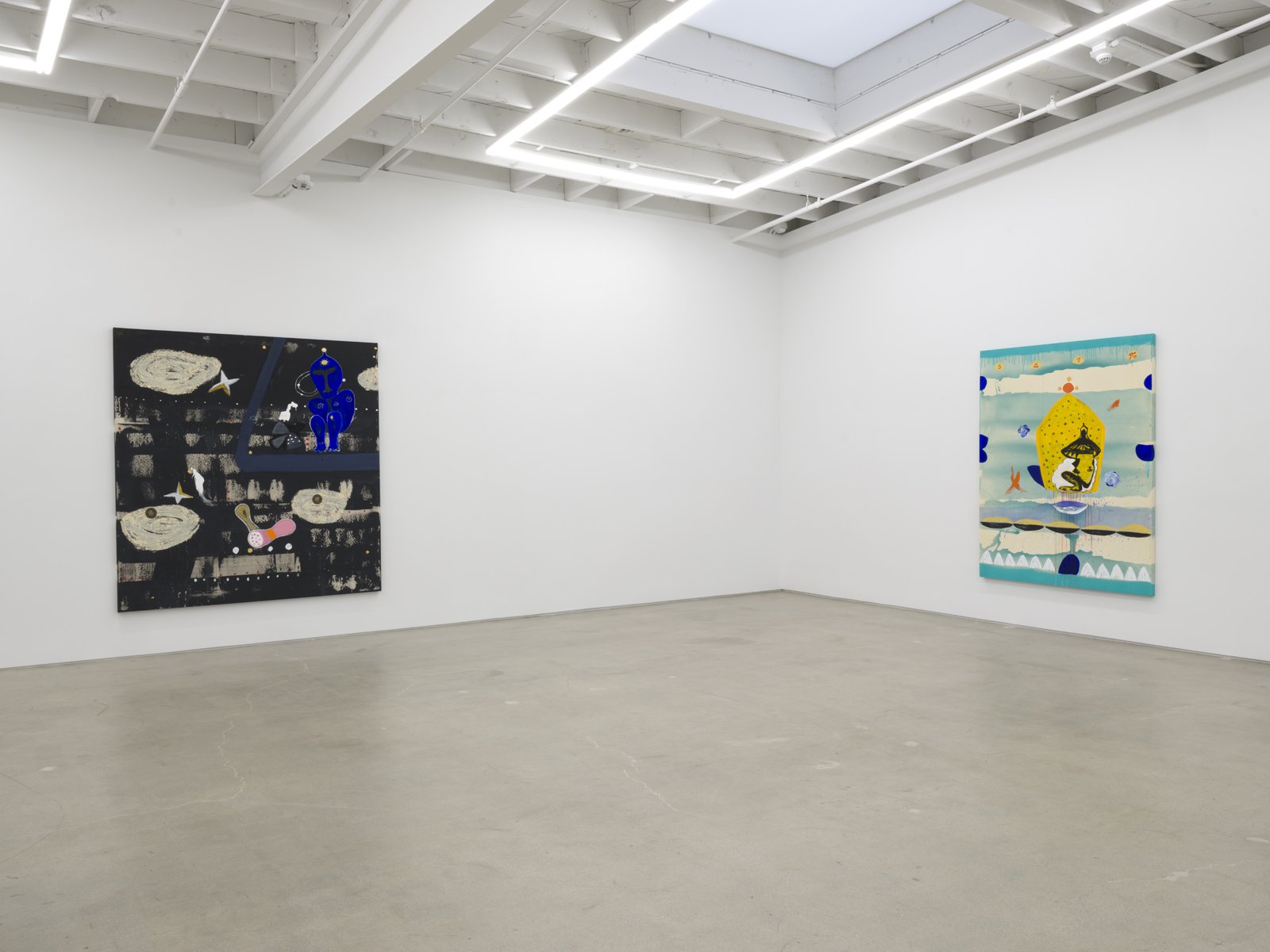
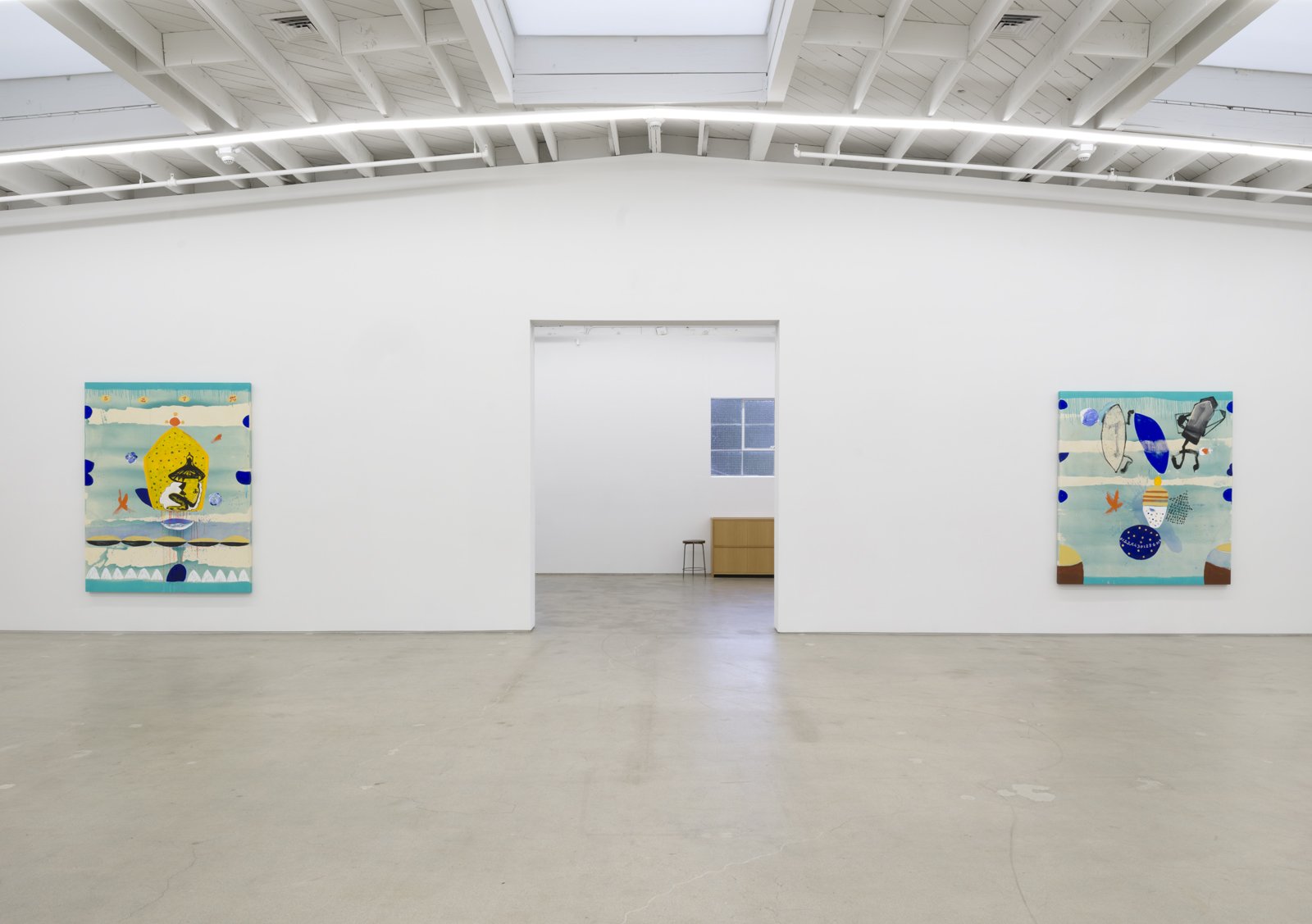
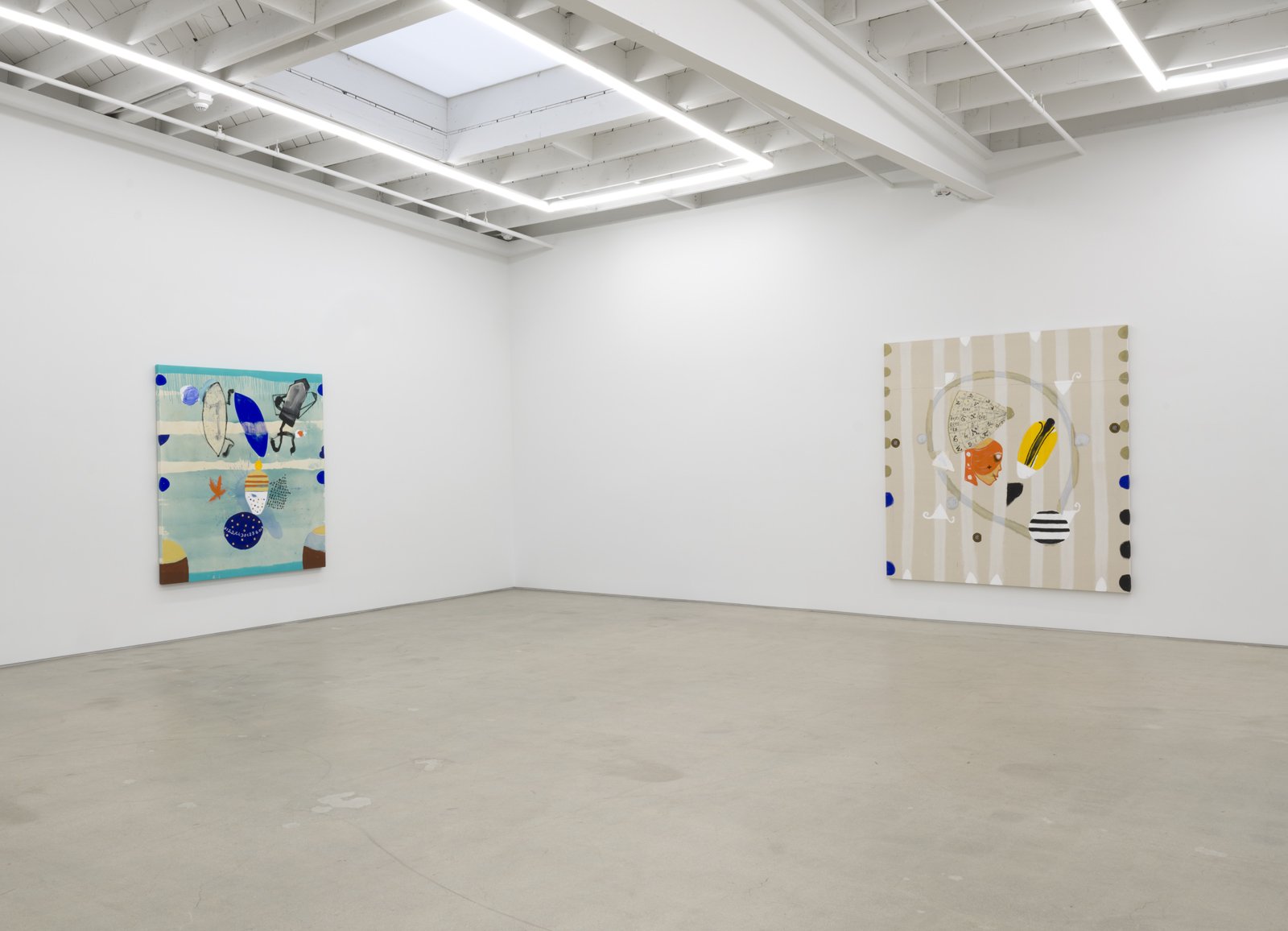
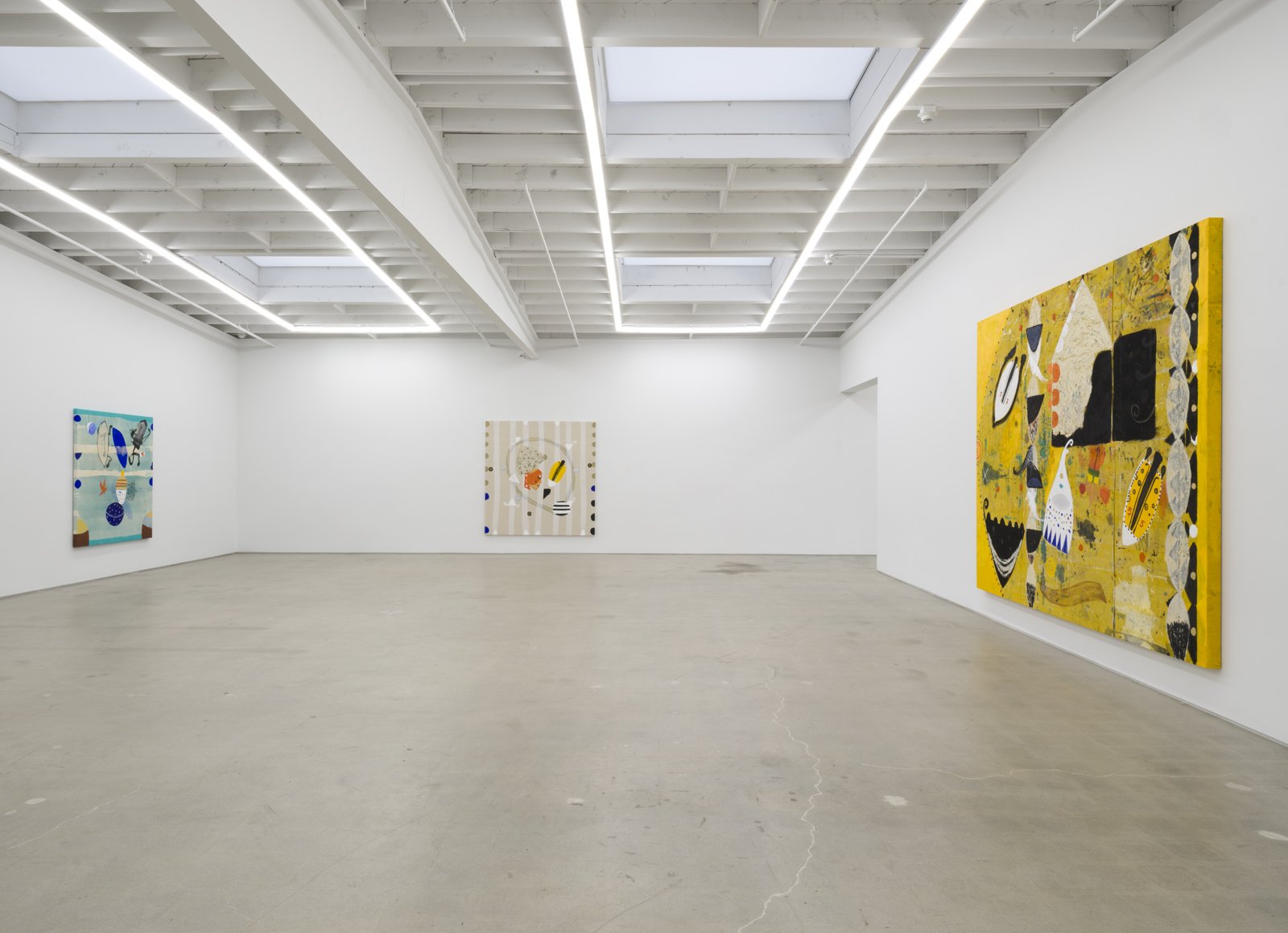
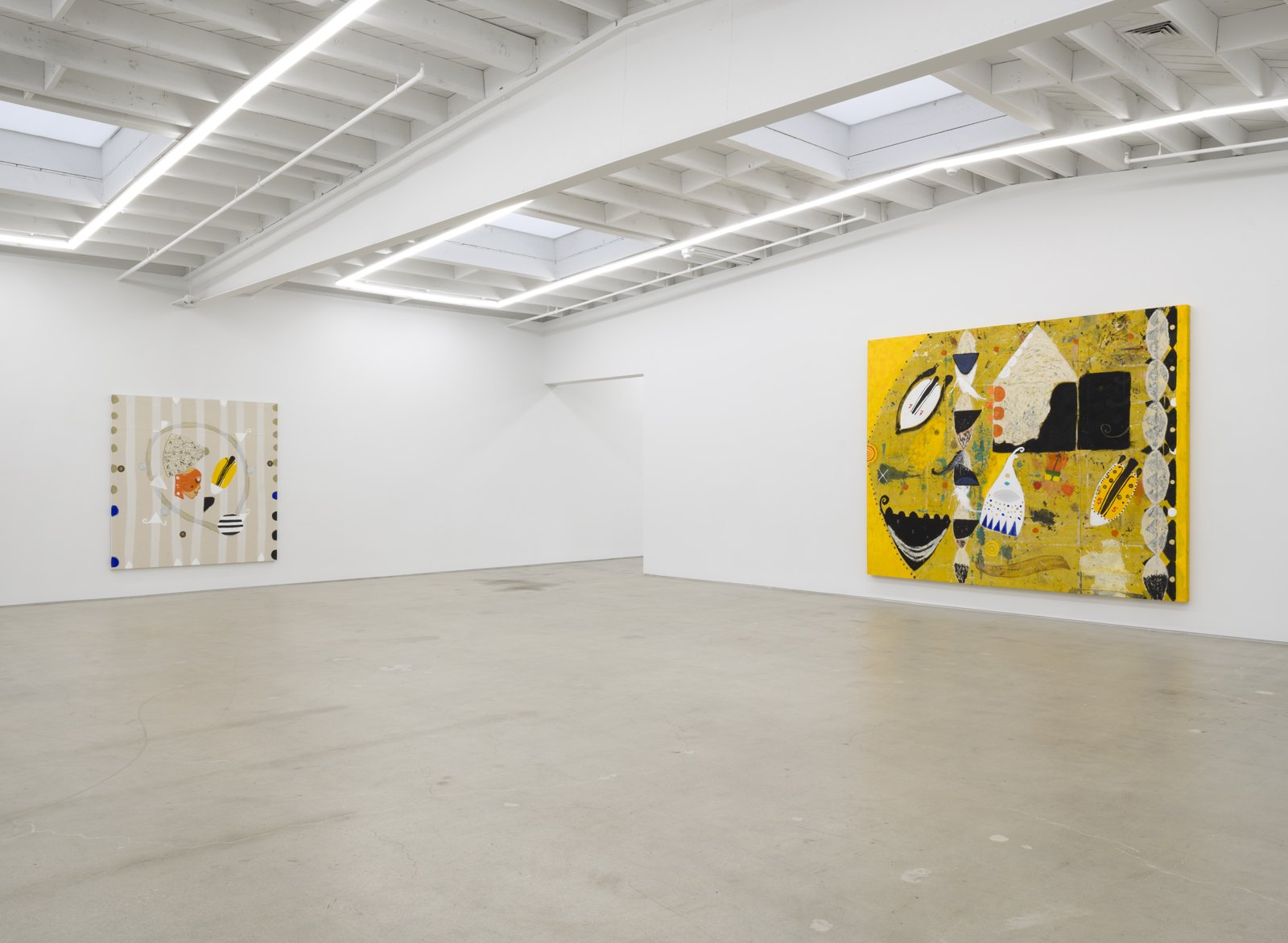
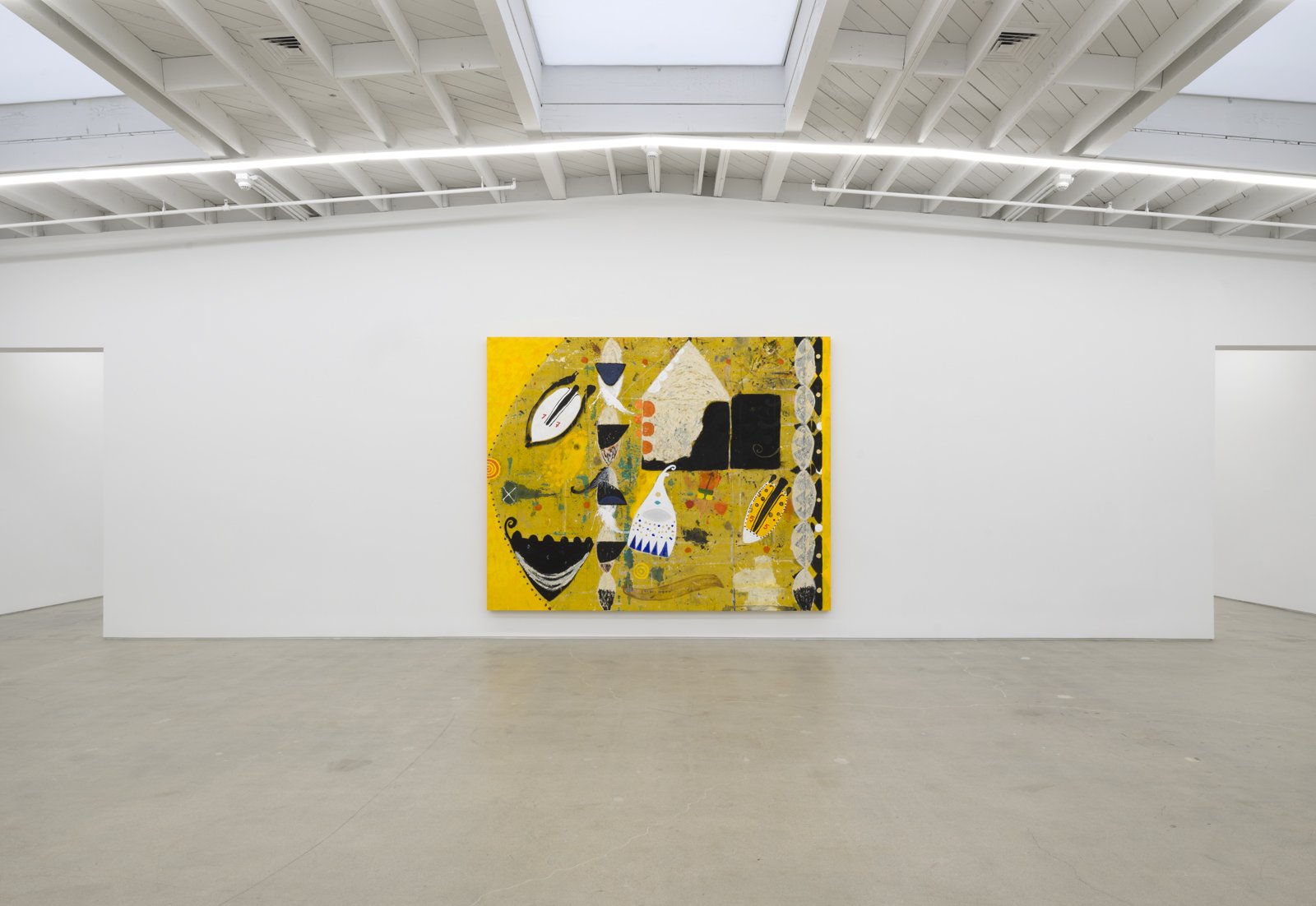
Karma presents an exhibition of new paintings by Ouattara Watts, open from January 19 to March 16 at 7351 Santa Monica Boulevard, Los Angeles.
Over the course of nearly four decades and across three continents, Abidjan-born, New York–based artist Ouattara Watts has developed a painting practice that places cosmograms, numerals, cloth, and other symbols and relics from around the world into relation with each other, leveling hierarchies and creating new relations in the process. Alongside traditional media like acrylic and gouache, the artist embeds materials from a kaleidoscopic range of sources in his monumental, densely layered canvases: papier-mâché, fallen leaves, textiles gleaned from flea markets, and photographic reproductions, among others. The large-scale paintings on view here, all made in the last year in Watts’s Brooklyn studio, comprise the artist’s first-ever exhibition in Los Angeles.
As curator and scholar Okwui Enwezor, a champion of his work, wrote twenty years ago of the “postcolonial constellation” conjured by Watts in his canvases, the artist’s world is one of “discontinuous, aleatory forms, creolization, [and] hybridization . . . with a specific cosmopolitan accent.” The content of his work often gestures at his dual educations—as a young man in Côte d’Ivoire, the artist received an initiation into the animist religion of the Senufo people of West Africa; he later moved to Paris to study at L’École Nationale Supérieure des Beaux-Arts, where he began what would become a longstanding fascination with the Parisian modernists, particularly Pablo Picasso. Like Jean-Michel Basquiat, whom he met and befriended in 1988, Watts inserts his intricate, cipher-like forms into brilliant fields of color. The concept of fractality is foundational for the artist: fractal shapes, common to life forms across time and space, contain reduced-size copies of themselves within their structure, speaking to particularity and universality at the same time. Discussing his practice, Watts explains: “I think universally. . . about the history of the human soul. It’s not a history of clans, ethnic groups, or even artists, it’s what we can call the human condition.”
Watts alternates between working on the wall and the floor. Since the late 1990s, he has utilized drop cloths stained with acrylic as substrates for new paintings. Black and red marks stamped by the paint-covered treads of the artist’s shoes give Spiritual Gangster 02 an allover patterning reminiscent of Jackson Pollock, whose Number 1A, 1948 (1948) features his own handprint as autograph, and the broader legacy of Abstract Expressionism, one of many art-historical movements informing Watts’s painterly vernacular. These indexical traces suggest motion or tempo, evoking Watts’s abiding passion for music, which plays constantly in the studio and deeply influences his practice—like his paintings, music communicates universally while remaining a manifestation of a specific culture (or cultures).
Spiritual Gangster 01, which also features a background stained with splashes of paint, was inspired in part by sigui, a festival held once every six decades by the Dogon people of West Africa to honor the emergence of a new generation. The architectural and mask-like forms in this work tie directly to this practice. During sigui, which takes place when the star Sirius appears between two mountains, a select group of young men are secluded from the rest of the tribe, taught Sigi So, a secret dialect, and entrusted with the Great Mask, a meters-long, carved-wood object that serves as a ritual altar. Like Sigi So, Watts’s oeuvre speaks to the eternally renewing nature of existence in a mysterious language all its own.

